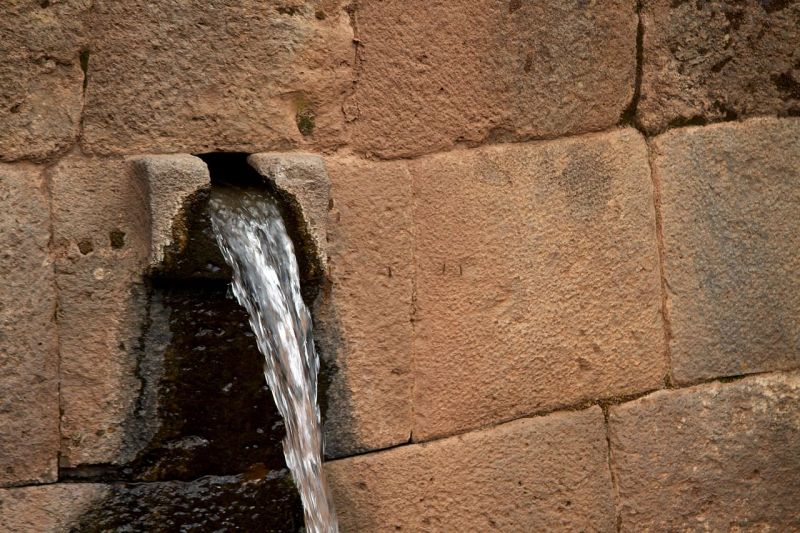Peruvian Herders Use Ancient Technology to Manage Water for the Future
Published on by Water Network Research, Official research team of The Water Network in Technology
Dams, canals, and reservoirs dating back 3,000 years ago are being revived by alpine herders in partnership with The Mountain Institute in order to more efficiently manage water for pastures and animals.

Water well in Cusco Sacred Valley, Peru; Source: Wikimedia Commons
With their alpine grasslands shrinking due to erratic rainfall and glacier retreat, herders in Peru's central Andes have decided that the future lies in reviving the past.
To improve access to water and save their livestock, indigenous communities in the villages of Canchayllo and Miraflores have restored abandoned dams, reservoirs, and canals that date back over 3,000 years.
Two years on from completion of the project – supported by The Mountain Institute (TMI), a US-based nonprofit – there are more and better quality pastures for sheep, cattle, and alpaca to graze, and milk, meat, and crop yields have risen.
The project's success, benefiting 9,600 people in the Nor Yauyos Cochas Landscape Reserve, has raised hopes for thousands of highland communities in Peru and elsewhere who are facing similar climate pressures, said Florencia Zapata of TMI, which works with mountain communities.
It could also have far-reaching impacts along the desert coast, home to almost 70 percent of the population, which receives less than 2 percent of Peru's available water.
Peru has a long history of embarking on engineering feats to manage the flow of water for agriculture.
The Incas and the civilizations before them built terraces, cisterns, and canals while modern government projects include the $500-million Olmos and the stalled Chavimochic III irrigation projects.
It was at one of the first meetings TMI organized in 2013 that locals raised the possibility of rehabilitating the neglected pre-Inca hydraulic structures.
Designed to slow the movement of water through grasses and soils, they replenished aquifers and springs and helped the grasslands retain more water, allowing biodiversity to flourish.
This way, the ecosystem acted as a buffer against flooding and drought and provided fodder for their animals, who in turn produce cheese and, importantly, manure, used to cultivate "thousands of native potato, corn, tuber, and grain varieties," Zapata said.
Read full article: CS Monitor
Media
Taxonomy
- Drinking Water Security
- Water Access
- Rural Water Supply & Sanitation
- Water Supply
- Integrated Water Management
- Water Supply
- Rural Area Water Supply
- Drinking Water Managment
- Water Management
- Drinking Water
- Infrastructure
- Infrastructure Management